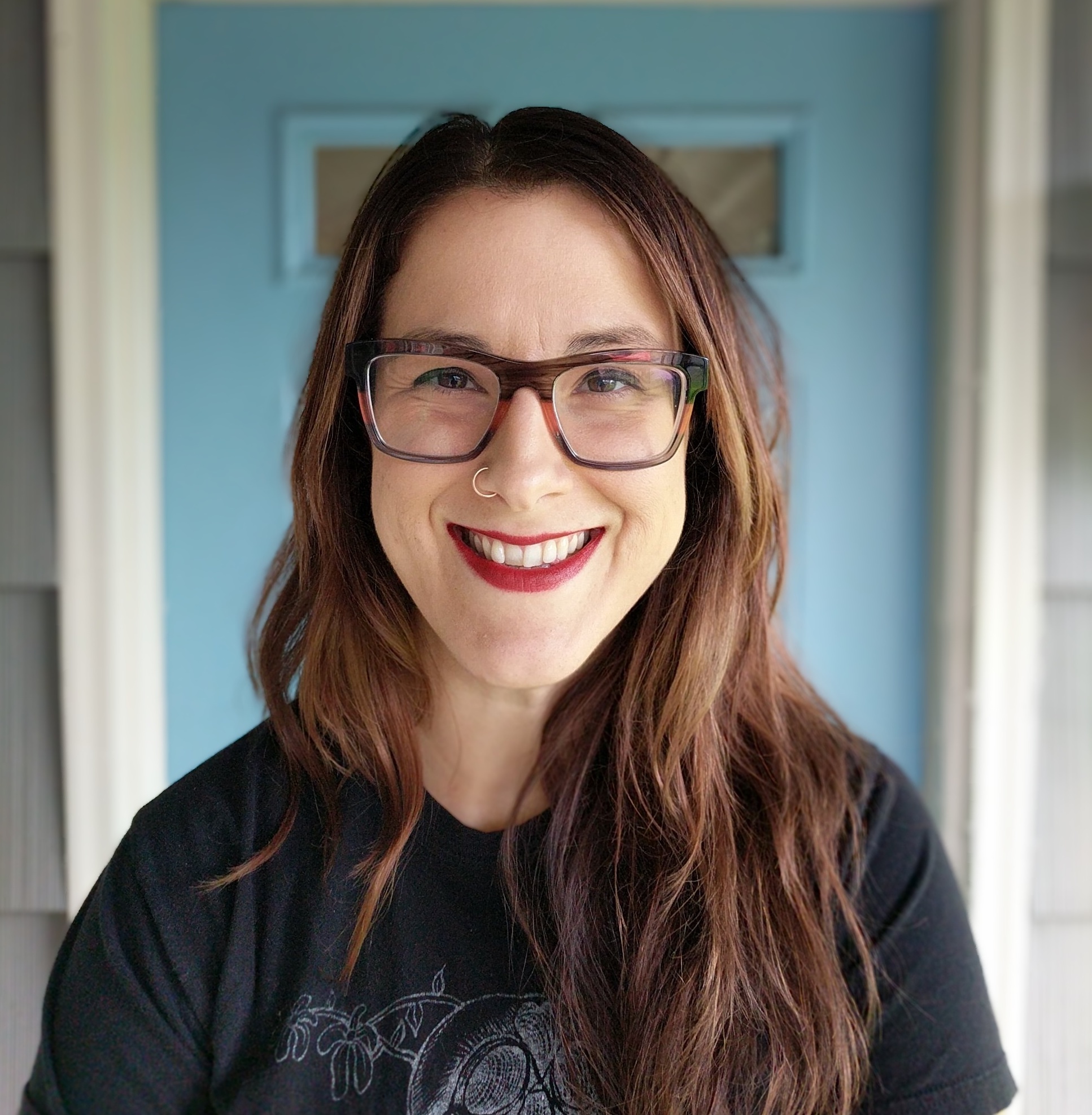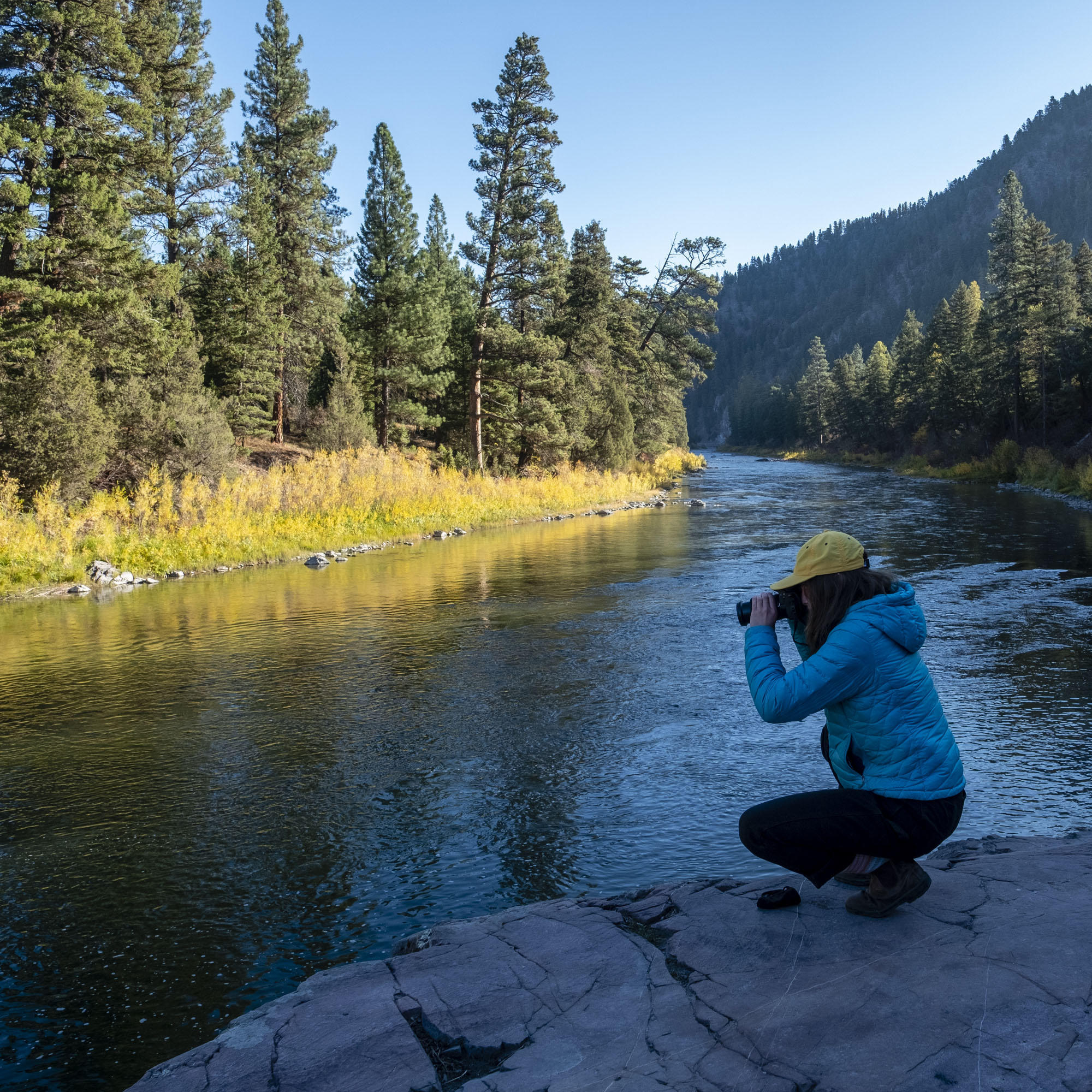Leah Sottile, T. Anthony Pollner Distinguished Professor, Fall 2019

Leah Sottile is a freelance journalist whose features, profiles, investigations and essays have been featured by the Washington Post, The New York Times Magazine, Playboy, California Sunday Magazine, Outside, The Atlantic, Vice and several others. She is the host and reporter of the National Magazine Award-nominated and Apple Top 10 podcast Bundyville, made in collaboration with Longreads and Oregon Public Broadcasting.
She started her career at The Pacific Northwest Inlander, in Spokane, Washington, where she served as Arts Editor and Music Editor, and co-founded the music festival, Volume. Her work at the Inlander garnered multiple regional and national awards, including the Washington State Mental Health Reporting Award.
She is a graduate of Gonzaga University.
She a one-time comic strip author, an avid heavy metal fan, obsessive vinyl record collector, and the owner of two Boston Terriers and one husband, Joe, who is also obsessed with journalism and dogs and heavy metal.
Reflections:
Montana is a place I am not a stranger to. I spent a lot of my wild, younger nights in the very Missoula watering holes that my journalism students are currently spending their wild, young nights. Funny how, overnight, you transform from young to not-young. Until I got to Missoula, my college days still seemed so close; being here, I realized how very far away they are.
So I didn’t come here thinking about how big the sky would be, how earnest the people, how local the steak. I would not be buying boots. The West is already my home. I came here because I love journalism. It is my breath. I’m one of those people who call it a calling, never a job. I do it because I have to, and I surround myself with people who understand that about me. I came to Montana with a message: you can be weird and maybe a little different, like me, and still be a journalist. For too long, the media has been one kind of voice.
I’m a freelance journalist. So, I don’t have a newsroom. I get more done that way. I can isolate myself with my sources, and my stories, and relatively little else.
You can understand, then, that immersed in the University of Montana’s School of Journalism for the past five months was a complete and total lifestyle change. I found myself surrounded by people — the best people. First, in the jittery pre-semester summer days, I was surrounded by a faculty that devotes themselves to this place, this cause, this craft, to bringing in the next generation of journalists. I don’t know if the students know how lucky they are.
I taught a class of 12 journalism students, showing them the work that inspires me, deconstructing and reconstructing how great stories are made. I told them I’m a student of journalism, too. I hope I always will be. I don’t trust any journalist who isn’t.
And each week I was in the belly of the Montana Kaimin, telling the brave student staff to take risks, swing for the fences, stick up for people and dammit, be yourselves. We traded books. We talked politics. My heart broke when their stories fell apart and they broke down in tears. I could tell them about all the times this job had broken my heart, but I knew they wouldn’t hear it at least another ten years.
These are the people who will carry us through. I’m sure of it now. When you have been surrounded for months by the constant, caffeinated buzz of twentysomething journalists, you find hope. They smile big. They laugh hard. They fight mercilessly. They work hard. They tell each other — all the time — how much they love each other.
For all this time, I have never been alone, and I have gotten nothing done. Usually, I’d be tearing my hair out over that. But pretty quickly I asked myself: why would I waste this precious time on my own work, when I could have my soul stitched back together again? Being a journalist right now, in a time of fear and broken systems, is difficult and even dangerous. Even the best among us are deemed enemies.
So here in Montana, I haven’t found sky or trees or snow or cows. I have found people: the best people. Young people who have forever changed me, inspired me, shown me that all my assumptions about humanity were wrong. There is good left. There is hope. And I’ll tell you where to find it: it’s on the second floor of Don Anderson Hall. It’s up in Room 301. It’s on the fourth floor faculty offices. And it’s hanging on the walls: framed black and white photos of the journalists this place has produced, the yellowed-front pages those people wrote. This is a school, yes, but it’s also a celebration of everything this country and this profession has endured, just to get to this exact moment in history. If only we would just stop and notice it, I think we might all feel a little restored.
